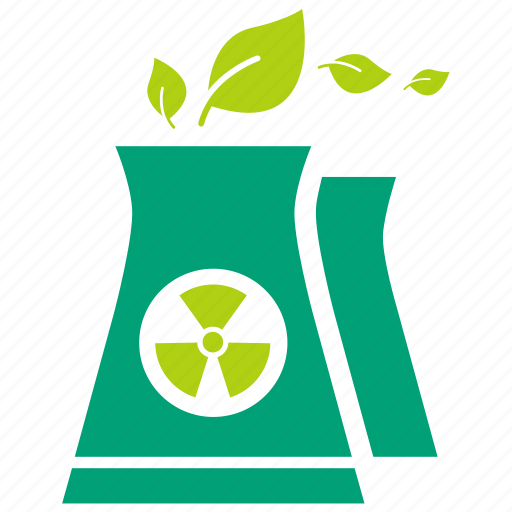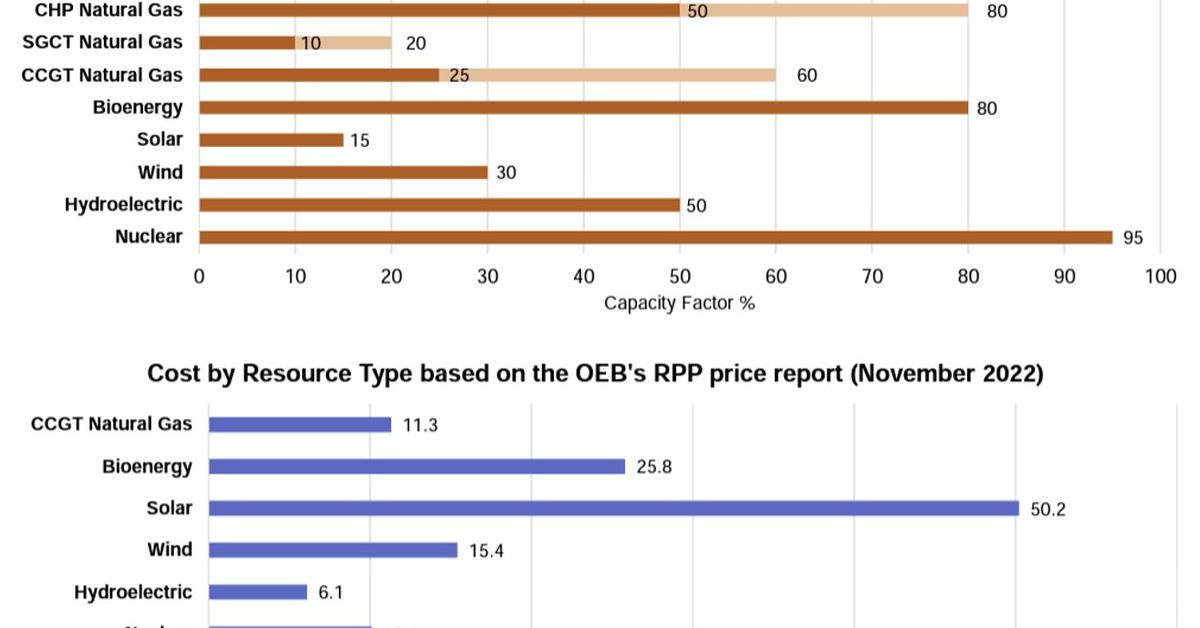- cross-posted to:
- [email protected]
- cross-posted to:
- [email protected]
Source: https://www.reuters.com/business/energy/canadas-nuclear-drive-picks-up-speed-2023-07-25/
July 25 - Nuclear power accounts for around 15% of Canada’s electricity generation with most capacity in Ontario where some 40% of the population resides.
A total of 19 reactors provide around 13.6 gigawatts (GW) across the country, though most are in the provinces of Ontario and New Brunswick, which are 60% and 36% powered by nuclear respectively.
The federal government’s commitment to nuclear power was brought into question in 2022 after the technology was excluded from the government’s green bond framework, leaving nuclear investments at a disadvantage over other low carbon solutions such as wind and solar.
However, rising energy insecurity following Russia’s invasion of Ukraine and increasingly vocal support for urgent greenhouse-gas-emission reduction have helped bring the government back to nuclear power, especially in Ontario.
The Federal Budget 2023, announced in March, showed strong support for nuclear power.
The budget offers a 15% refundable Investment Tax Credit (ITC) for clean electricity including nuclear and a 30% ITC for clean technology manufacturing (including nuclear energy equipment, and processing or recycling nuclear fuels).
The budget also explicitly backs nuclear power through a range of other initiatives, such as an extension of reduced tax rates, financing from the Canada Infrastructure Bank, cash for the regulatory authority, and half a billion dollars in SMR project investment.
Large reactors
At the start of July, Ontario announced that it was beginning pre-development work to site a large-scale nuclear power build over three decades. Community and environmental assessments would aim to win federal approval to determine the feasibility of new nuclear generation of up to 4.8 GW, state authorities said.
The build, the first large scale nuclear project in the country since 1993, will be on the Bruce Nuclear Generating Station site in Bruce County, the world’s largest operating nuclear power station with eight units generating 6.4 GW, or 30% of Ontario’s electricity, across a 2,300-acre site.
“The announcement is a recognition by the province of the role of nuclear, current and in the future, and the importance of starting some of those long development items to ensure that they’re moving the ball forward and, based on lessons learned, going through the process, such as engaging with communities and indigenous peoples, early,” says James Scongack, Executive Vice President, Operational Services & Chief Development Officer at Bruce Power.
The Bruce station is currently under a Major Component Replacement (MCR) project starting with Unit 6 in 2020, Unit 3 in 2023, and Unit 4 in 2025. The refurbishment will add approximately 30 to 35 years of operational life, along with other investments in the other units, to the plant.
The decision to go ahead with new build planning comes after the Independent Electricity System Operator (IESO) found in its ‘Pathways to Decarbonization’ study that in less than 30 years, Ontario would need to more than double its electricity generation capacity to 88 GW in 2050 from 42 GW today.
The report forecast an additional 17.8 GW of nuclear power could be required to meet that demand increase.
While all of Canada’s nuclear power stations run on CANDU (Canada Deuterium Uranium) reactor technology, Scongack would not commit to any specific technology.
“It’s always exciting to speculate around different reactor types and designs, but it’s premature to make that decision at this stage. We want to take this one step at a time. This is a step by step, deliberate, incremental process,” Scongack says.
More SMRs
As Bruce Power begins pre-development work for the new large-scale nuclear build, Ontario Power Generation (OPG) announced in July it will work with the provincial government to plan and license three additional SMRs at the Darlington nuclear site.
OPG had originally only planned to build one SMR at the site, which it announced in January after signing a contract with GE Hitachi Nuclear Energy (GEH), SNC-Lavalin, and Aecon, the first commercial contract for a grid-scale SMR in North America.
Subject to Ontario Government and Canadian Nuclear Safety Commission (CNSC) regulatory approvals on construction, the additional SMRs could come online between 2034 and 2036, the government says.
Construction for the first of the four grid-scale SMRs is scheduled to be complete by 2028.
The four BWRX-300 SMRs are expected to have a combined capacity of some 1.2 GW.
Fighting cancer
At the end of June, the Canadian government announced CAN$35 million ($26.5 million) in funding for the creation of the Canadian Medical Isotope Ecosystem (CMIE), with projects at Bruce Power, TRIUMF Innovations, the Centre for Probe Development and Commercialization (CPDC), McMaster Nuclear Reactor, Canadian Nuclear Laboratories, and BWXT Medical.
The global supply of medical isotopes used in the detection and treatment of cancer rests on an unreliable supply chain, often involving Russian research reactors, and are subject to radioactive decay, which makes them difficult to store.
“For this reason, they have to be delivered just-in-time through a complex supply chain that requires sufficient capacity for ongoing production, plus a reserve in case of unplanned outages,” according to the OECD-NEA study ‘The Supply of Medical Isotopes’.
The CMIE funding will help launch three high-demand medical isotopes and related drug products to the market as well as advance two medical isotopes from early stage to pre-clinical evaluation.
The CMIE is also expected to raise more than CAN$75 million in investment and create over 600 highly skilled jobs.
“For over half a century, Canada has been a world leader in the production, development, and deployment of medical isotopes. In many respects, without Canada, the world would not have the kind of modern health care system that we have with concerns to sterilization of medical equipment and isotopes for the diagnosis and treatment of cancer,” says Bruce Power’s Scongack.
Disrupted supply chains due to the war in Ukraine and following the coronavirus pandemic mean the world needs a reliable supply of the life-saving isotopes that nuclear reactors can provide.
“Canada has put itself in a game changing position with respect to medical isotopes. People want their medical isotopes from a jurisdiction that they can count on, and also to trust those are not going to be used as a geopolitical tool,” he says.


